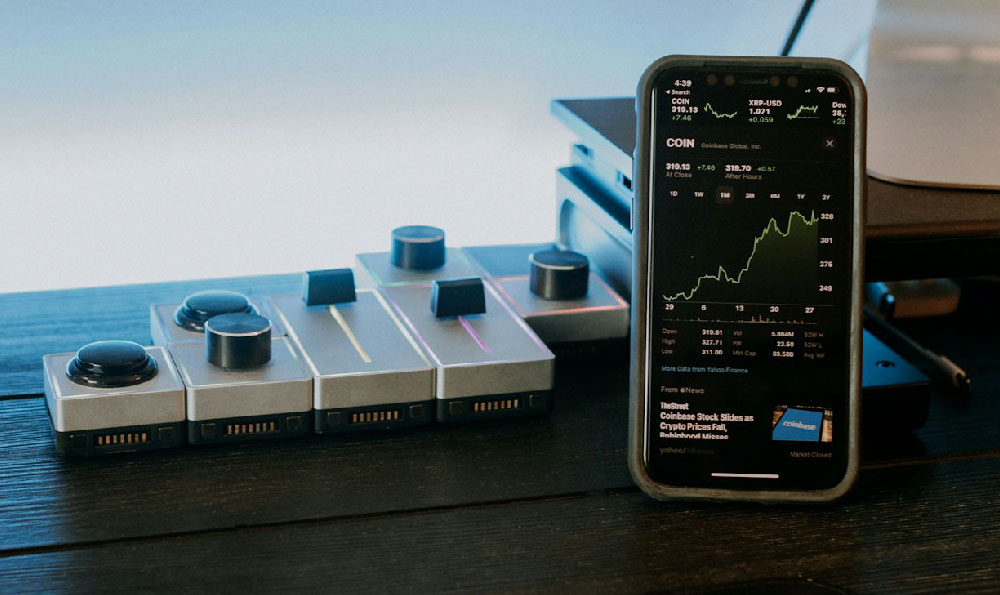Non-Custodial Order Executors: Why Keepbit? How Does It Work?
Navigating the cryptocurrency landscape requires a careful consideration of security, control, and efficiency. In this environment, non-custodial order executors have emerged as a vital component for sophisticated traders and investors. These platforms empower users to retain complete control over their assets while leveraging the power of automated trading strategies. While numerous options exist, Keepbit distinguishes itself through its unique architecture, commitment to security, and user-friendly interface. Let's delve into the benefits of non-custodial order execution, explore the unique features of Keepbit, and understand its operational mechanisms.
The fundamental appeal of a non-custodial system lies in its elimination of counterparty risk. Traditional centralized exchanges require users to deposit their funds into the exchange's wallet, effectively relinquishing control of their private keys. This dependence exposes users to the potential risks of exchange hacks, internal fraud, or regulatory shutdowns. With a non-custodial solution, your funds remain in your own wallet, secured by your private keys. You authorize specific trading activities through smart contracts, without ever transferring ownership to a third party. This model significantly reduces the potential for loss and provides unparalleled peace of mind. It realigns power back with the user, placing ultimate responsibility and control where it belongs.
Keepbit enhances this core principle of non-custodial trading by offering a comprehensive suite of features designed for both novice and experienced traders. One key differentiator is its focus on simplicity and accessibility. While other platforms can be overly complex, Keepbit strives to provide an intuitive interface that streamlines the order creation and execution process. This involves clear visual representations of trading strategies, readily available educational resources, and responsive customer support to guide users through every step. This commitment to user experience makes advanced trading tools accessible to a wider audience, fostering broader participation in the decentralized finance (DeFi) ecosystem.

The architecture underpinning Keepbit is crucial to understanding its functionality and security. It leverages smart contracts deployed on a blockchain, typically Ethereum or a Layer-2 solution, to facilitate order execution. When a user creates an order, they are essentially defining the parameters of a trade within a smart contract. This includes specifying the asset to be traded, the desired price, the quantity, and the expiration date of the order. The smart contract then acts as an escrow, holding the user's funds until the specified conditions are met.
Keepbit employs a network of relayers to monitor market data and execute orders when the defined criteria are satisfied. These relayers are incentivized to perform their duties efficiently and accurately, as they receive a small fee for each successful trade. Importantly, the relayers never have direct access to the user's funds. They simply act as intermediaries, triggering the execution of the smart contract when the trading conditions are met. This separation of concerns ensures that even if a relayer is compromised, the user's funds remain secure. The logic is entirely on-chain and auditable which ensures fairness and transparency in the system. The use of secure multi-party computation could further enhance the privacy, preventing relayers from being able to front-run the users by observing the orders being placed.
Another defining characteristic of Keepbit is its commitment to transparency. All trading activity is recorded on the blockchain, creating an immutable and verifiable audit trail. This allows users to track the execution of their orders and verify that they were executed fairly and according to the specified parameters. Furthermore, the open-source nature of the smart contracts allows for independent audits by security experts, providing additional assurance of the platform's integrity. Transparency is paramount in the DeFi space, and Keepbit embraces this principle to build trust and confidence among its users.
Keepbit offers a variety of order types to cater to different trading strategies. Limit orders allow users to specify the exact price at which they are willing to buy or sell an asset. Market orders execute immediately at the best available price. Stop-loss orders automatically sell an asset if it falls below a certain price, helping to limit potential losses. Take-profit orders automatically sell an asset if it reaches a certain price, allowing users to lock in profits. The availability of these diverse order types empowers users to implement sophisticated trading strategies while maintaining complete control over their funds. Furthermore, Keepbit’s system is designed to be extensible, allowing for the future integration of more complex order types and trading algorithms.
The process of using Keepbit typically involves several steps. First, users need to connect their web3 wallet to the platform. This wallet acts as their digital identity and allows them to interact with the smart contracts. Then, users can create an order by specifying the desired trading parameters. The platform will then generate a transaction that needs to be signed by the user's wallet. This transaction authorizes the smart contract to execute the trade when the specified conditions are met. Once the transaction is confirmed on the blockchain, the order is active and will be monitored by the relayers. When the conditions are met, the smart contract will automatically execute the trade, and the funds will be transferred between the buyer and seller.
The fees associated with using Keepbit are generally lower than those charged by centralized exchanges. This is because the platform operates on a decentralized infrastructure, which eliminates the need for intermediaries and reduces operational costs. The fees typically consist of a small trading fee and a gas fee, which is paid to the blockchain network to compensate for the computational resources required to execute the transaction. The exact fees may vary depending on the network congestion and the complexity of the order. However, Keepbit strives to maintain competitive fees to attract users and encourage trading activity.
In conclusion, non-custodial order executors like Keepbit represent a significant advancement in the cryptocurrency trading landscape. By empowering users to retain control over their assets while leveraging the power of automated trading strategies, these platforms offer a more secure, transparent, and efficient way to participate in the DeFi ecosystem. Keepbit distinguishes itself through its focus on simplicity, transparency, and security, making it an attractive option for both novice and experienced traders. As the DeFi space continues to evolve, non-custodial solutions are poised to play an increasingly important role in shaping the future of finance. The inherent benefits of self-custody, combined with the advanced functionality of order execution platforms like Keepbit, are driving a paradigm shift towards a more decentralized and user-centric financial system.














